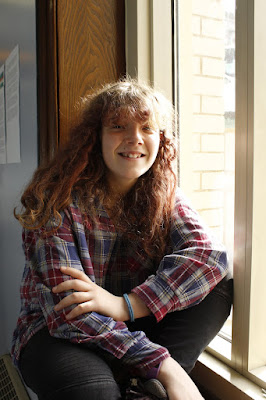High Key
Low Key
Variety of tones
a) For my high-key image, most of the pixels fall on the right of the histogram.
b) No, there aren't any pixels in the high-key image that wouldn't print with detail.
c) For my low-key image, most of the pixels fall on the left of the histogram.
d) No, there aren't any pixels in the low-key image that wouldn't print with detail.
e) For my varied tones image, most of the pixels fall on the right of the histogram.
f) No, there aren't any pixels in the varied tones image that wouldn't print with detail.
g) No, because the histogram on my camera doesn't correspond to the one on Lightroom so I think that the settings on my camera aren't properly adjusted.
h) The varied tones shows the most dynamic range because the gamut takes up the whole histogram and it isn't too high up meaning that there aren't any strong highlights.










































